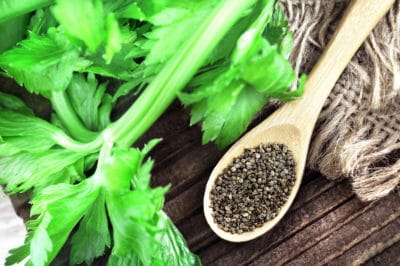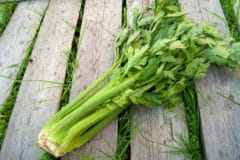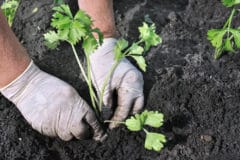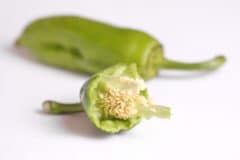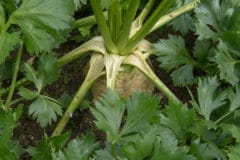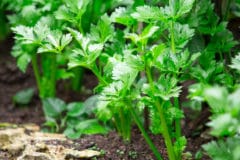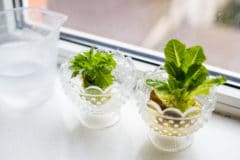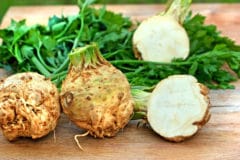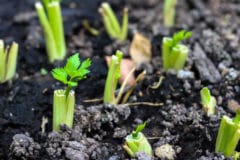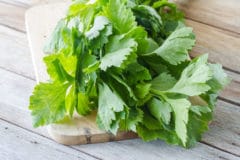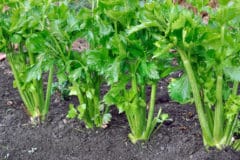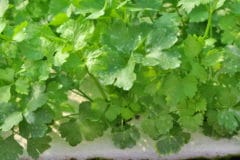Culinary Celery Seed
The kind of celery seed you see in small jars at the grocery doesn’t actually come from the celery plant you eat. It is the seed of a celery ancestor called smallage or wild celery. The seeds of this biennial are so small that it takes about 760,000 to make a pound of seed. The domesticated celery and celeriac, or celery root, both descended from smallage.
Hybrid Celery Seeds
Hybrids are plants that result from the cross of two parent lines. They often exhibit what is called “hybrid vigor” and may be strong growers or have other positive qualities. However, you can’t use their seeds unless you are willing to have great variation in the offspring, as hybrid seeds won’t grow true to type. Most grocery store celery is from hybrid plants.
Open-Pollinated Celery Seeds
Open-pollinated plants produce seeds that grow true to type. You can save seeds from these plants with a reasonable expectation that the offspring will be the same as the parent plant. Smallage is open-pollinated, as are many older celery plants – sometimes called heirlooms or heritage celery. Some open-pollinated stalk celery varieties include:
- Afina
- Ventura
- Red Stalk
- Golden Pascal
- Tendercrisp
Growing Your Own
If you want actual smallage seeds, you may find some in specialty seed catalogs. Seeds from the store may have been heat-treated (and won’t grow) or come from hybrid seeds. Seeds for culinary celery are readily available. Plant in early spring, with nutrient-rich, moist soil. The plants must winter over, as the lacy flower umbels and seeds are produced in the second spring.
Harvesting Celery Seeds
Celery is pollinated by insects. If you want to keep the seed pure so you can continue to grow your own, plant only one variety or cage the plants. The seeds will gradually change from yellow-green to brown and begin to dry. Harvest as the seeds dry, as they don’t all ripen at the same time and will fall off the stems when dry.
Using Celery Seeds
Celery seed is a common component of pickling mixes and brine recipes. It is also ground and added to salt to make a flavored salt. The seeds may be sprinkled on foods such as breads and potato salads. Celery seed is also added to coleslaw. The flavor of these small seeds is surprisingly strong, so don’t overdo.
